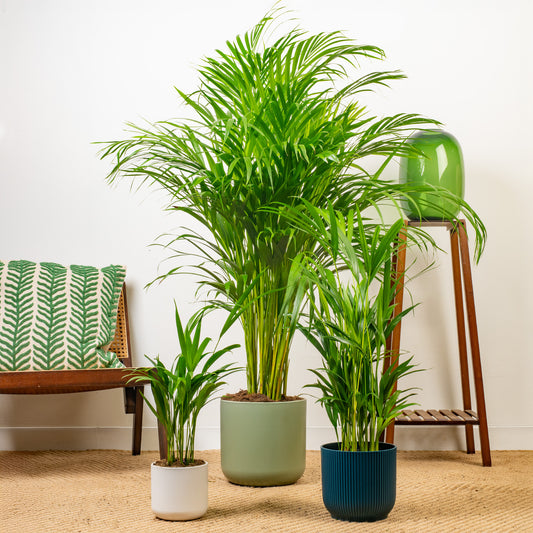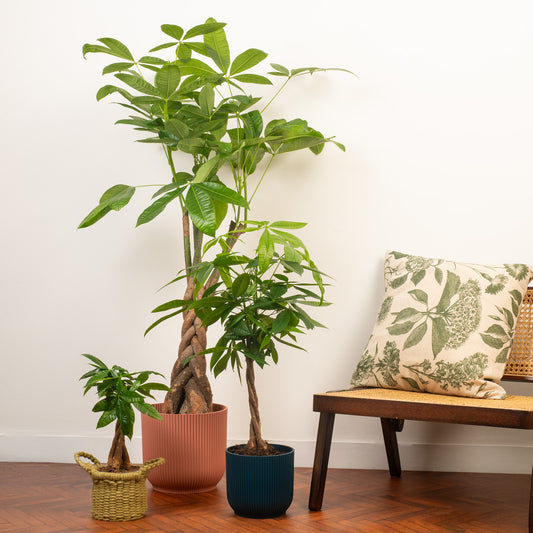Product description
Echeveria spp. stem from thick-leaved rosettes. The leaves are fleshy and have a waxy cuticle on the exterior. Often the leaves are colored and a firm touch can mar the skin and leave marks. The Echeveria succulent plant is slow growing and usually doesnt exceed 12 inches in height or spread.
These easy little succulents produce offsets or baby plants nestled against the mother rosette. These are easy to separate and grow. Just pull the little rosette away and replant in a cactus mixture or homemade blend of equal parts sand, topsoil and compost.
House Plant Size Guide

House plants come in a wide array of shapes and sizes depending on the variety and maturity of the plant.
6cm/12cm/15cm/19cm/23cm nursery pots are the most common size of pot that they are sold in. This measurement is the diameter at the top of the pot.
12cm potted plants are the most popular providing great value for money and an instant impact. Larger plants that come in pots of 20cm+ are great for making a statement in any room and can represent years of growth to get to that level of maturity and size.
Plant specs, care guide & tips
Key features
Specifications
Instructions
Top Tip
Rotate your Echeveria every couple of weeks to ensure even growth and prevent it from leaning towards the light. For propagation, gently remove offsets (pups) that form at the base of the plant once they are one-third the size of the parent plant, and allow the cut ends to callous over before planting in fresh soil. This ensures a steady supply of beautiful new succulents.
How to Water
Water your Echeveria sparingly, allowing the soil to dry out completely between waterings. Use a watering can or bottle to target the base of the plant, avoiding water pooling in the rosette, which can lead to rot. During the active growing season (spring and summer), water thoroughly every 2–3 weeks. Reduce watering to once a month during winter when growth slows, ensuring the plant remains dry to prevent overwatering issues.
How to Plant
To plant Echeveria, choose a shallow pot with excellent drainage and fill it with a cactus or succulent-specific compost. Place the plant so the base of the leaves sits just above the soil level. Position the pot in a bright location with plenty of indirect sunlight, avoiding overly shaded spots or intense direct sunlight. If planting outdoors, choose a sunny, well-draining area and ensure the soil is not overly rich, as this can lead to leggy growth. Allow the soil to dry out slightly before watering after planting.





















